Blog article #8 – 08.07.2025 – Bastian Rolle
5 models of music artist partnerships in advertising – and how to choose the right one
In partnerships with music artists, credibility is everything. Audiences are quick to notice when something feels fake. If a brand tries to “buy cool” without understanding the culture it wants to be part of, people tune out. But when a partnership feels right, so when the artist is more than a billboard and the brand respects the scene, it can create lasting impact. As decision makers in agencies and on brand side often start with “let’s do something with a music artist”, this article aims to give an overview on where to start. It lays out a clear, practical framework for anyone working with artists in brand communications.

photo: Telekom
The five core models of music artist involvment
1️⃣ passive endorsement
In this model, the artist appears in ads, social media, or product visuals but doesn’t shape the message. It’s the classic testimonial or brand ambassador format. The brand benefits from the artist’s reach, face, and perceived coolness, but the artist isn’t involved beyond the surface.
goal: borrow visibility, credibility, or style
best for: wide awareness, prestige, and mass visibility
measure: brand lift, reach, engagement, recognition
watch out: if there’s no real fit or story, the audience will see through it
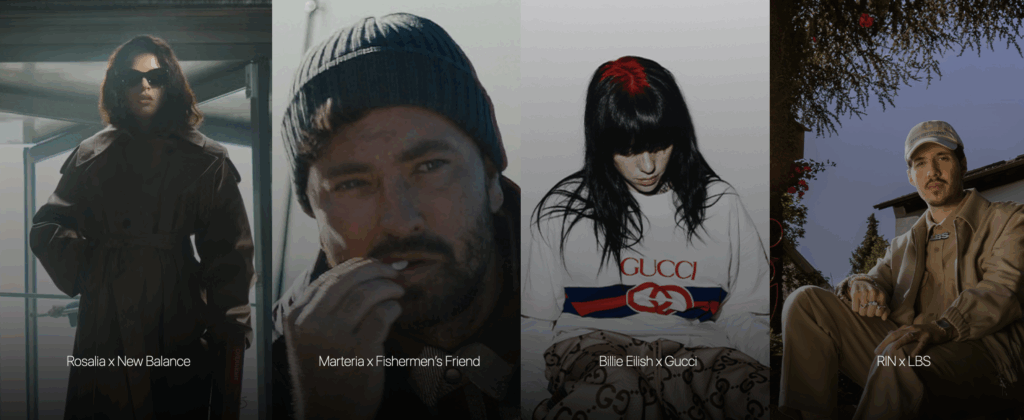
2️⃣ active participation
Here, the artist is featured in the campaign and also contributes creatively. They might help shape the concept, write a song, adjust the tone, or participate in campaign decisions. Their input adds depth and believability.
goal: increase authenticity and fan relevance
best for: strong storytelling, engagement, and emotional connection
measure: sentiment, PR quality, shareability, fan engagement
watch out: don’t oversell it as “co-creation” if the artist only gave feedback
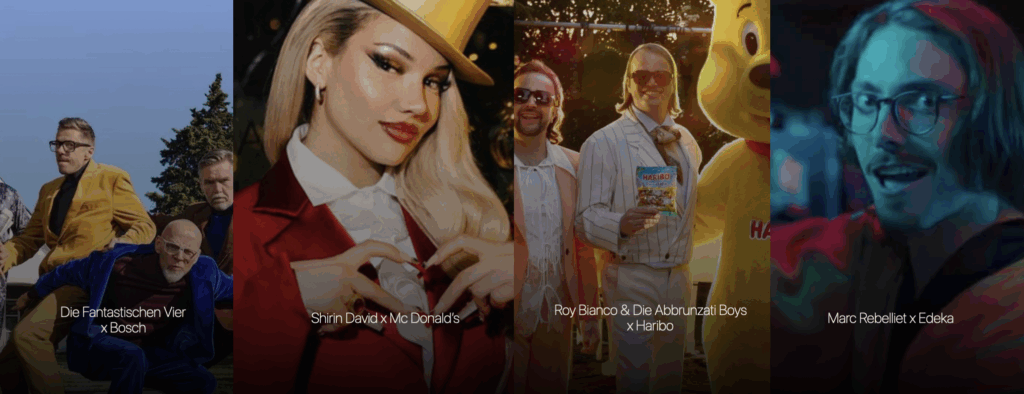
3️⃣ co-creation / ownership
The artist takes a leading role in the project. Whether it’s designing a product, building the concept, or launching their own campaign within the brand, they act as a co-owner. This goes beyond endorsement into shared authorship.
goal: create real cultural relevance and deep fan connection
best for: product drops, limited editions, buzz-driven launches
measure: sell-through, social buzz, fan sentiment, resale value
watch out: if the artist isn’t truly involved, it can feel fake fast
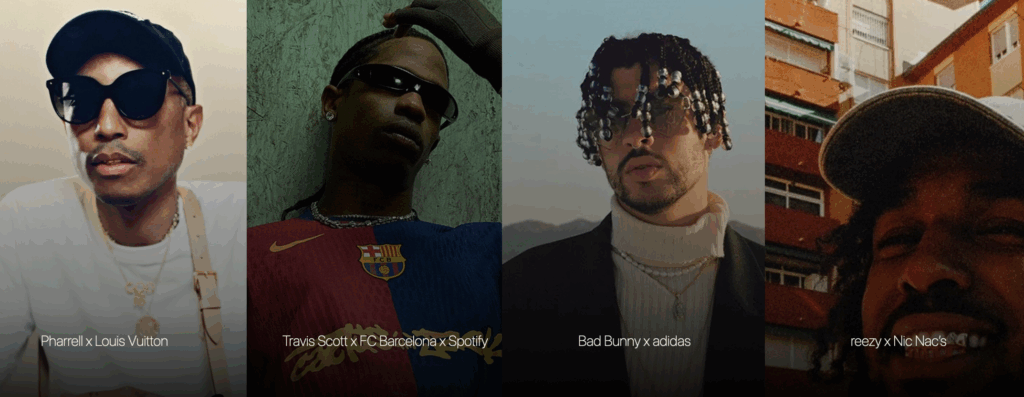
4️⃣ culture alignment / referencing
The brand doesn’t work with an artist directly but uses the language, aesthetic, or energy of a music scene to align with its audience. It’s about cultural signaling, dropping visual or sonic references that say, “we get it.”
goal: tap into current trends or nostalgic waves
best for: style relevance, cultural perception, subcultural reach
measure: social hype, scene acceptance, style alignment
watch out: be careful, if it looks like cosplay, you’ll lose credibility
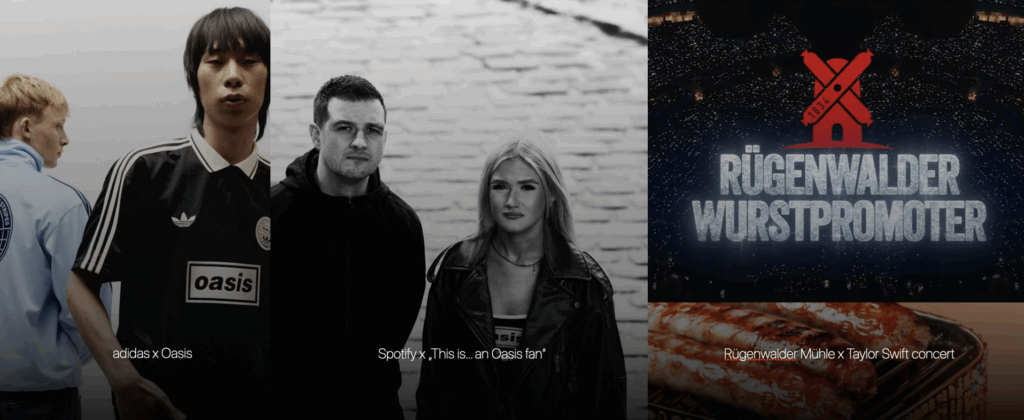
5️⃣ cultural enabler / infrastructure
Instead of leading the campaign, the brand steps back and provides the stage. It sponsors platforms, spaces, or scenes that help artists do their work. Think events, grants, residencies, or content funding.
goal: build long-term cultural trust and loyalty
best for: deep brand equity and community integration
measure: cultural relevance, scene loyalty, artist relations
watch out: this only works if it’s long-term and genuinely supports the culture

Other formats worth mentioning:
Beyond these five models, many campaigns mix formats or take more specific routes. Here are a few worth calling out:
sponsorship / product placement: Brands provide gear or budget in exchange for visibility in music videos or on stage.
cause-based collaborations: Artist and brand unite over a shared purpose or value.
festival co-branding: Brands co-host or fund music festivals, often without direct artist partnership.
These formats don’t always fit neatly into a box but they often play a key role in shaping how brands show up in music culture.
Factors of credibility and impact
authentic alignment
Choose artists whose values, audience, and image naturally align with the brand. If the connection makes sense, it won’t need over-explaining.
artist involvement & co-creation
The more involved the artist is in creating the product or content, the more authentic it will feel. Co-creation shows respect for the artist's voice and connects more deeply with fans.
cultural relevance
The best collaborations tap into existing cultural conversations, genres, or fan communities. Don’t try to manufacture hype. Plug into what's already moving culture.
storytelling & integration
Make the brand part of the narrative. Don't be too obvious. Don’t interrupt the story with advertising; weave the product or message in organically. And: be consistent.
mutual value exchange
The partnership should benefit both sides. And the audience. When fans feel they're getting a song, product, or experience of real value, they welcome the brand's involvement.
measurement & accountability
Track what matters. Track performance beyond views and likes. Look at sentiment, brand lift, earned media, and cultural traction. Did it resonate beyond the campaign window?
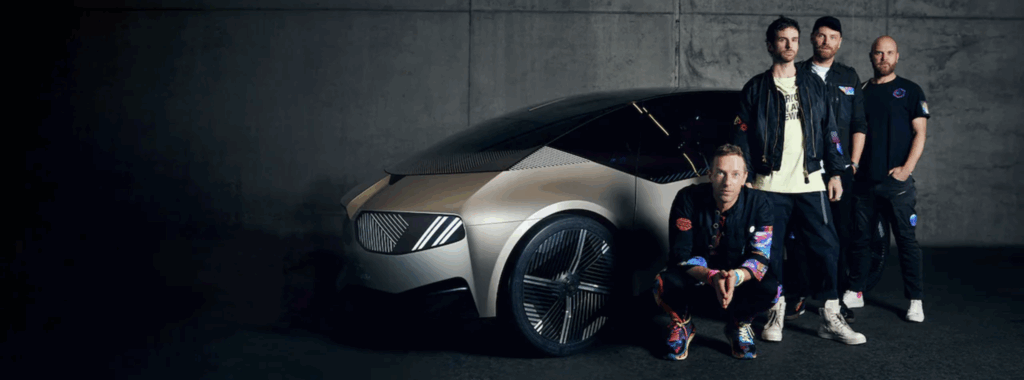
photo: Livenation
How to choose the right model
Before selecting a partnership model, start with a clear goal:
- If you want broad reach or to boost recognition: use passive endorsement.
- If you want more connection and cultural credibility: try active participation.
- If you want to create something bold and new: invest in co-creation.
- If you want to look relevant without a direct tie-in: consider cultural alignment.
- If you want to build lasting trust and presence: act as a cultural enabler.
Final takeaways
This framework isn’t absolute. In the real world, most campaigns are hybrids. A brand might start with an endorsement but let the artist influence the campaign tone. Or a product drop might include both co-creation and scene alignment.
And that’s okay. What matters isn’t picking one model—but being clear about what you’re trying to do, respecting the artist’s world, and showing up with honesty.
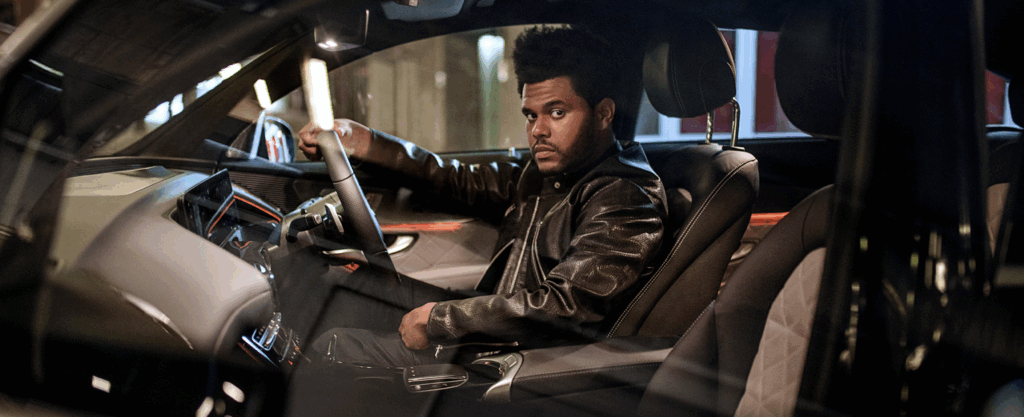
Foto: Mercedes-Benz
